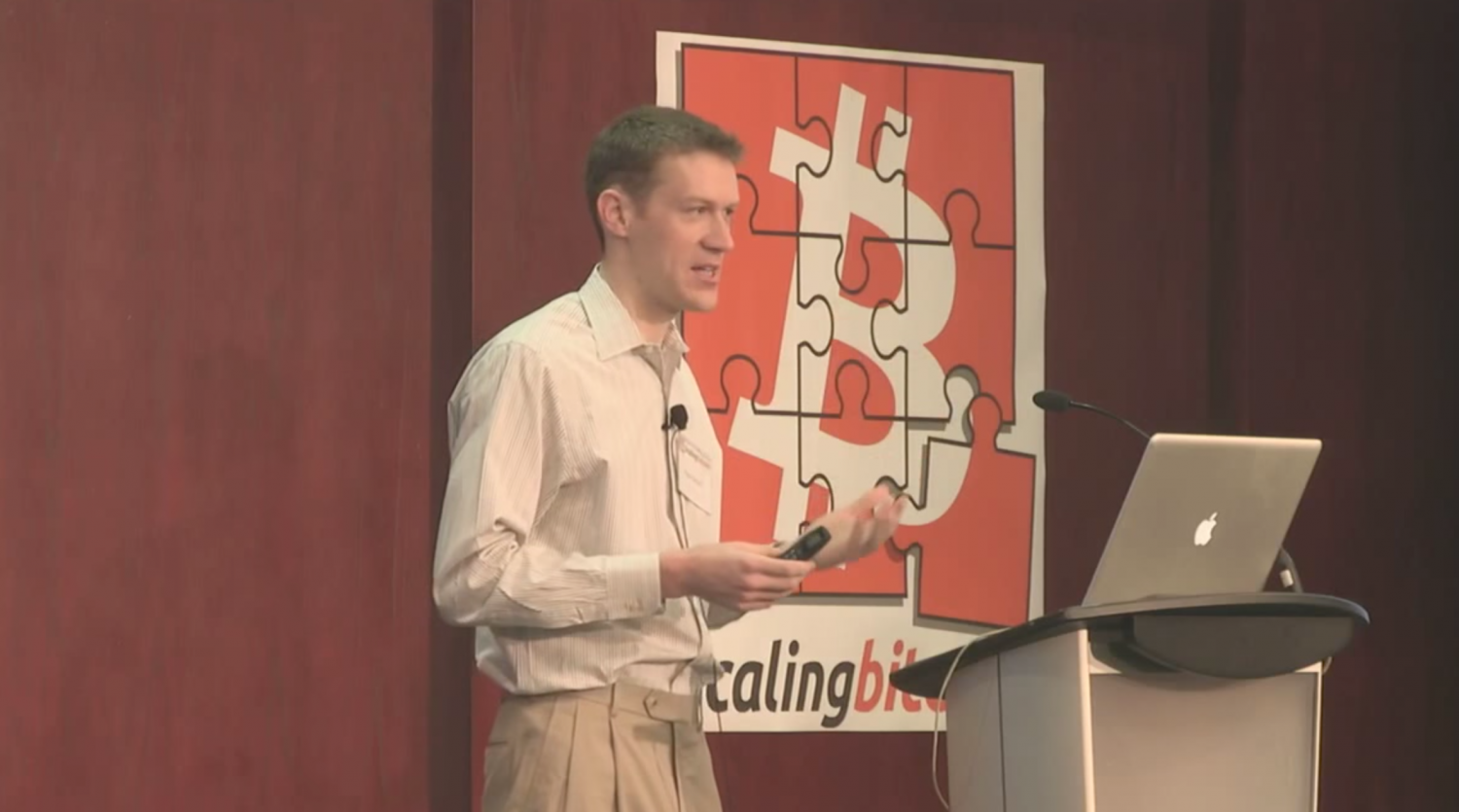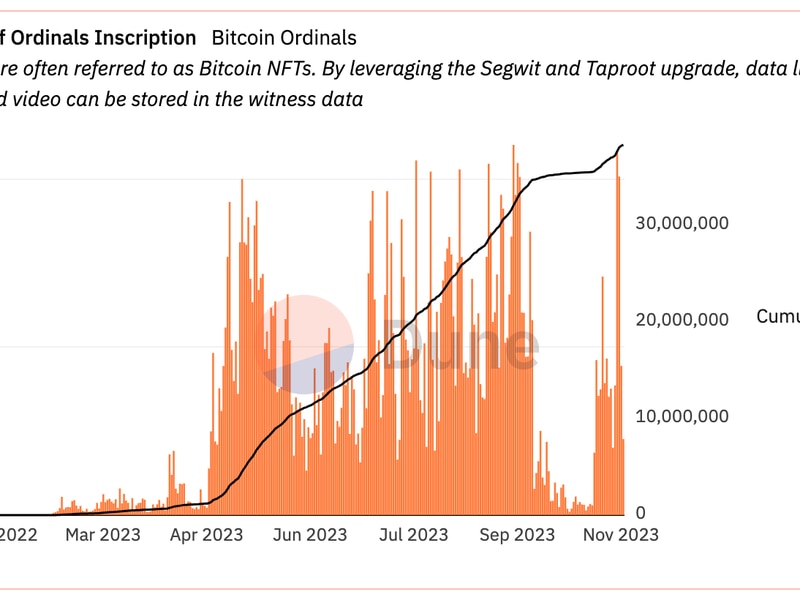DeFi Died and We Didn’t Even Notice
Decentralized finance (DeFi) died yesterday. No protocols actually failed or tokens crashed to zero – though that was a distinct possibility. The interlinked economy of intermediary-less lenders, exchanges and trading tools is still, technically speaking, chugging along.
But the spirit that propelled DeFi forward, the dream of disintermediating money from power and providing easy access to basic and complex financial products without fear or favor is dead. And it wasn’t the U.S. Securities and Exchange Commission (SEC) that did it, but DeFi itself.
This is an excerpt from The Node newsletter, a daily roundup of the most pivotal crypto news on CoinDesk and beyond. You can subscribe to get the full newsletter here.
On Monday, following a significant if not particularly lucrative series of attacks on several DeFi platforms including the systemically important Curve Finance, Curve founder Michael Egorov found himself in a precarious position as hundreds of millions of worth of personal loans he took out were in danger of liquidation.
Months earlier, Egorov had massively leveraged up on CRV tokens he earned from his role helping to launch Curve, one of the most used decentralized exchanges. In one loan, on open lending protocol Aave alone, Egorov had put something like 34% of the total supply of CRV tokens on the table to take out $63 million worth of stablecoins. He was active elsewhere, loaning out as much as 460 million CRV tokens – or 47% of the total supply – for $110 million.
The hack of at least three Curve trading pools on Sunday had put downward pressure on those loans, and had CRV dropped below a certain price (~$0.35) it would have triggered the programmatic sell off of Egorov’s loan collateral. That would have likely kicked off a vicious cycle where the CRV price would continue to drop, forcing other loans into liquidation, which would cause CRV to drop even lower.
That’s what’s known as a “death spiral.” CRV is used as collateral across the DeFi ecosystem, and the fallout could have brought the sector to its knees.
None of this came to pass, however, due to a series of behind-the-scene deals Egorov made last night with monied traders like TRON founder Justin Sun. He was able to pay off some of his debt, and buoy the price of CRV (now trading at around $.60).
Other people were pushing for platform founders like Aave CEO Stani Kulechov to intervene in the markets – not by disabling the protocol necessarily, but possibly tapping into an Aave insurance fund or using a Safety Module that can be flipped on in extreme situations (the system that Aave stakers actually pay into).
This wouldn’t have been the first time a DeFi giant like Egorov would have been bailed out or the first time bad judgment caught up with someone in crypto.
Even more, Egorov arguably did nothing wrong: He followed the pre-written rules of a few loan making platforms to do what is essentially crypto’s version of a popular tax-minimizing technique in the larger tech sector. If “paper billionaires” like Peter Thiel go to banks to take out cash loans by pledging the stock equity they’ve built up by founding or investing in startups like Facebook, why can’t crypto founders do the same? That’s the name of the permissionless finance game.
But given how close DeFi came to death, it’s worth asking hard questions. Why exactly was Egorov allowed to amass nearly half the total CRV supply – a situation that is on the surface entirely antithetical to the supposed egalitarian aims of DeFi?
Why did no one intervene earlier? Why was such a critically important protocol allowed to be jeopardized? Why don’t lending protocols like Aave or Fraxlend (where Egorov’s loan was smaller, but at greater risk of going bad), have caps on the number, or percentage, of tokens people can borrow against?
Perhaps most importantly, as my colleague, Shaurya Malwa, suggested, why did “Richie rich devs” wait until the last minute for calamity to strike to take action? It’s not like this was a big secret. Research group Gauntlet was sending out warning signs as early as January about Egorov’s highly-leveraged financial position, though its formal proposal to freeze CRV on Aave V2 did not pass. Venture capitalists behind ParaFi, Framework and 1kx even sued Egorov this year, not because of his dangerous loan book but because they felt they were owed a greater equity stake in Curve as early backers.
The simple answer: it’s DeFi. Despite being based on a series of technically innovative, open source and interoperable protocols, it suffers from the same fundamental issues as the traditional finance sector. Greed is rampant. Hypocrisy is the norm. And as Dublin University assistant professor Paul Dylan-Ennis put it: DeFi’s ethos isn’t to build democratically, but only “so long as it’s working.”
Egorov’s situation, even though it didn’t end in DeFi Armageddon, is more than just a “black eye” for the sector. It’s an indication that DeFi has been dead inside for years.
This column could just as easily be written as a hero’s account of Egorov’s intervention, and the coming together of industry participants (who aren’t always naturally aligned) to rescue a highly important platform.
Egorov’s scrambling yesterday to shore up bad debt was in some sense trading wizardry – he repaid a 5.13 million FRAX stablecoin loan with money that was practically found under the couch cushions. Egorov didn’t respond to a request for comment, but certainly he understood the gravity of the situation and, in many ways, I’m glad he pulled through.
Justin Sun gave Egorov $2 million USDT from his Aave position for about $2.9 million of over-the-counter CRV tokens that could easily become worthless – something of a selfless act. Should he get a pat on the back? Afterall, he always seems willing to come to the rescue.
But none of this is heroic. If DeFi was ever really different, it’s now run by a few massive bag-holders. If it was ever really defiant, it’s now almost totally useless to everyday crypto holders who far from making money “yield farming” often get swallowed by trading fees and impossible things to understand like impermanent loss.
There’s a real trend within crypto media and on Crypto Twitter to discuss any time something goes wrong in the industry as just another chaotic day. We all have brain worms from being online, ha ha, and cannot even comprehend the disappearance of $70 million anymore, ha ha. Is financial pain even real? Well, not really for me, ha ha, but look at how gross Caroline Ellison is, ha ha.
The flippant attitude to ever-present crime and calamity makes sense because cryptocurrencies are literally fake internet money. Was it always a mistake to imbue them with any meaning beyond that?








